
Here are some suggestions on how to choose the right power tools for yourself:
1.Purpose: Differentiate between household and professional use according to your needs, as most power tools are designed for professionals. When purchasing, distinguish between professional and general household tools. Typically, professional tools have higher power, while household tools do not require as much input power.

2.Appearance: The outer packaging should have clear and undamaged graphics, with a sturdy plastic case and secure fasteners. The color of the tool should be uniform, with no obvious scratches, dents, or signs of wear on the plastic parts. Assembly misalignment of shell parts should be ≤0.5mm, and the coating on aluminum castings should be smooth and defect-free. The switch handle should be flat when held in hand, and the cable length should generally be no less than 2 meters.
3.Nameplate Parameters: Choose qualified products with "3C" certification, and the nameplate parameters of power tools should match those on the CCC certificate. The manufacturer's detailed address and contact information should be provided in the tool manual. The nameplate or certificate should have a batch number for traceability.
4.Convenience: Compact size and high integration of power tools undoubtedly provide greater convenience than large-volume, single-function products. It is recommended to compare related products horizontally when purchasing household power tools, and to choose power tools that are rich in features, compact in size, structurally simple, and easy to store.

5.Safety: Hold the tool by hand, turn on the power, and operate the switch frequently to start the tool frequently, observing whether the tool switch functions reliably. At the same time, observe if there are any abnormal phenomena in the TV or fluorescent lamps at the scene to confirm whether the tool is equipped with an effective radio interference suppressor.
6.Vibration and Sparks: After the tool has been running for one minute, hold it by hand during operation. There should be no noticeable abnormal vibrations, and observe the sparking when changing direction. The sparking when changing direction should not exceed 3/2 levels, and there should be no obvious arc on the surface of the commutator when viewed from the air inlet of the tool.
7.Noise: Most household power tools produce some noise during use, but the level of noise can vary. It is recommended (especially for households with children and elderly people) to test the tool during purchase and see if the noise level is within an acceptable range.
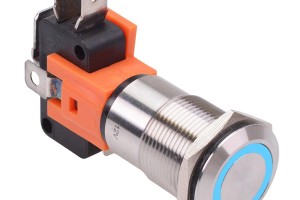
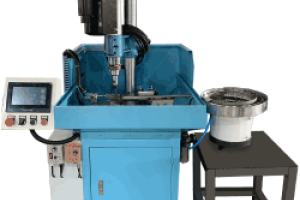
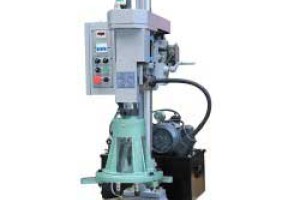
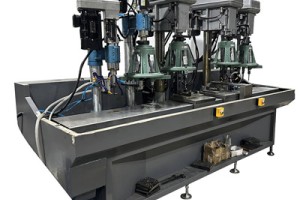


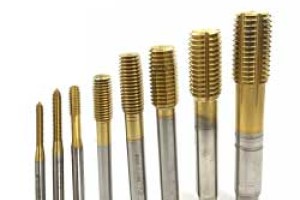
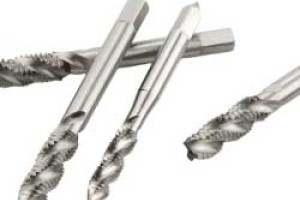
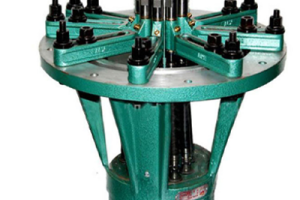
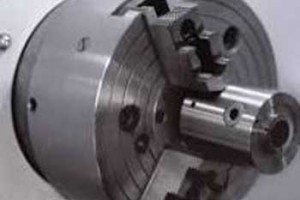
Leave a comment